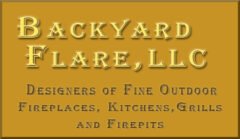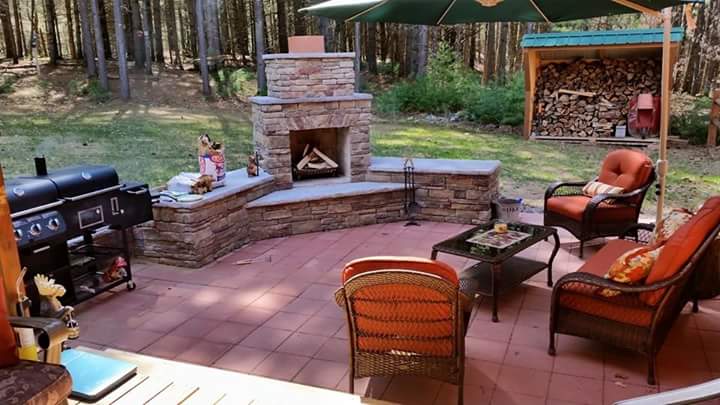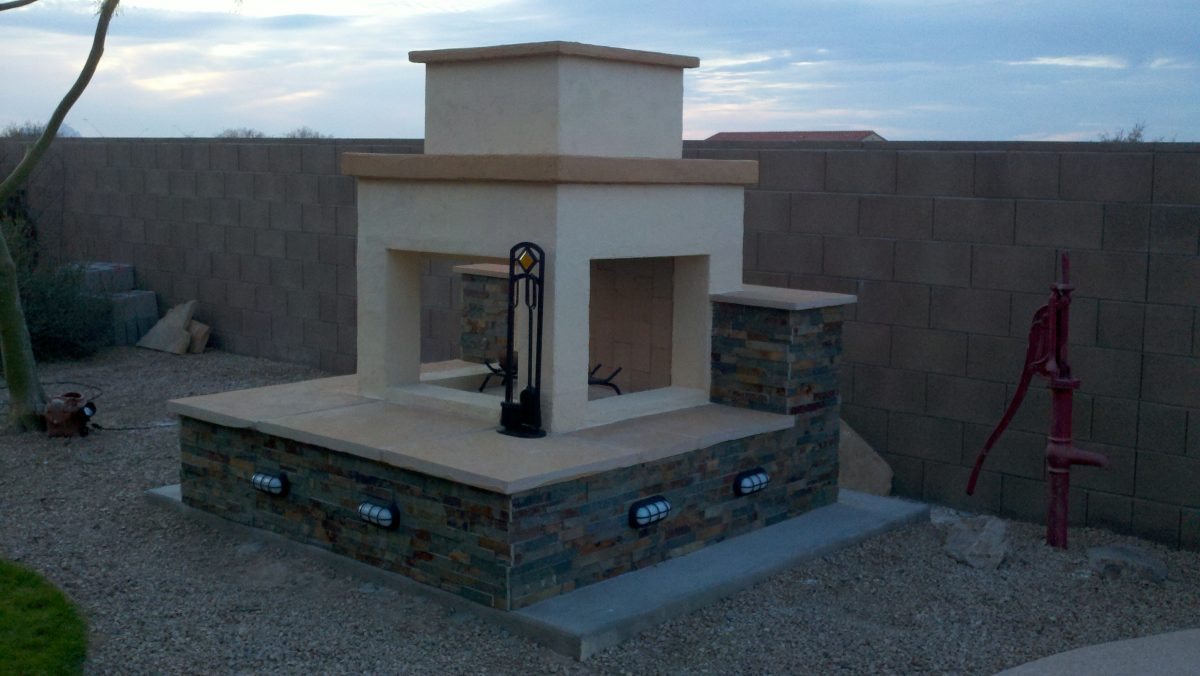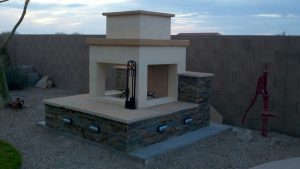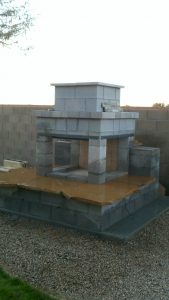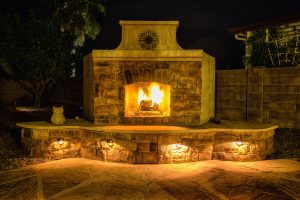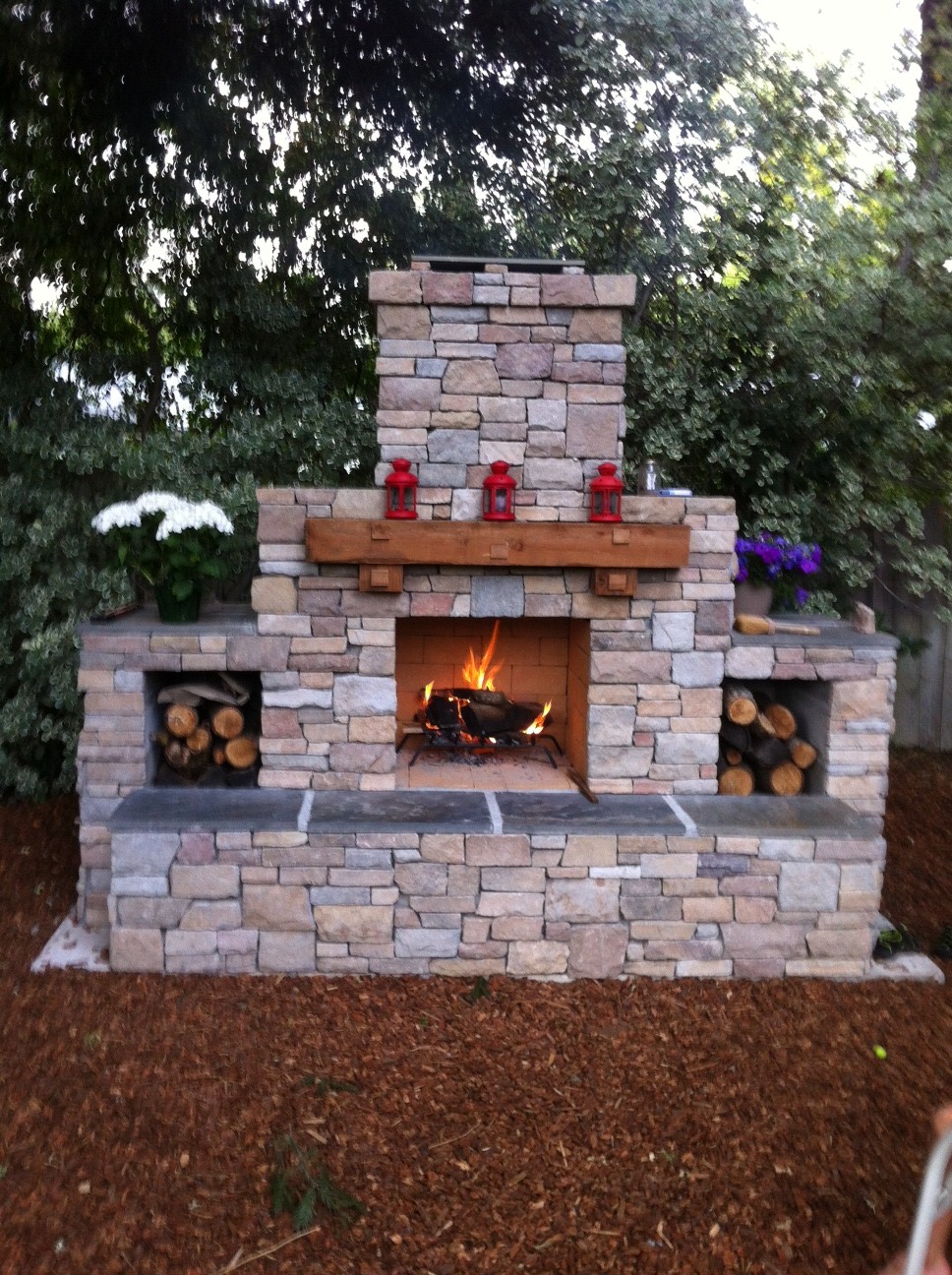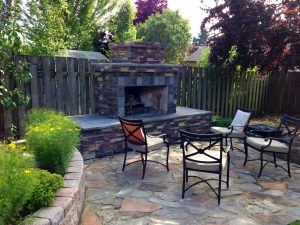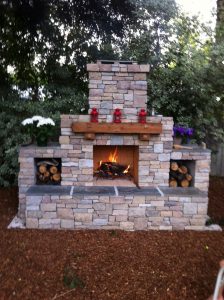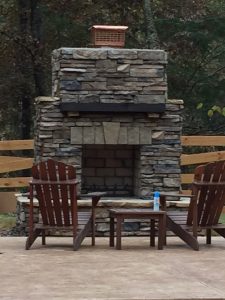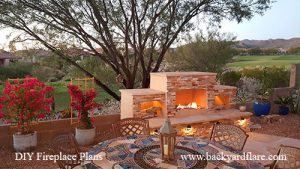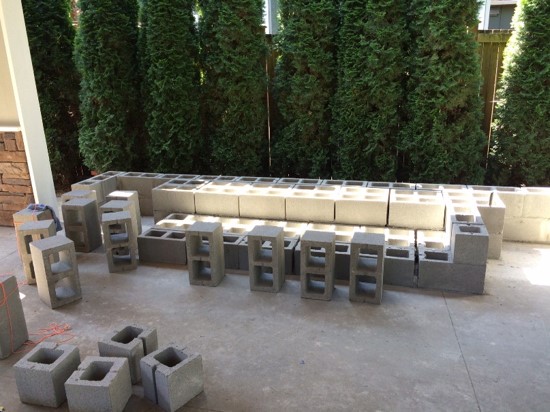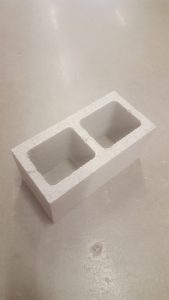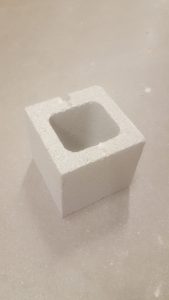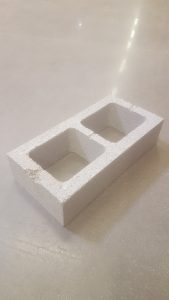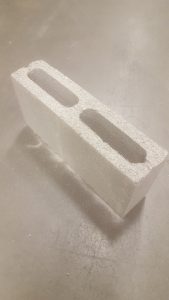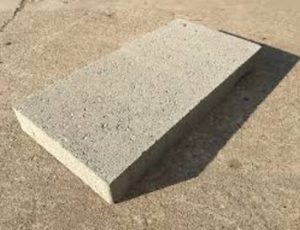Outdoor Fireplace Draft
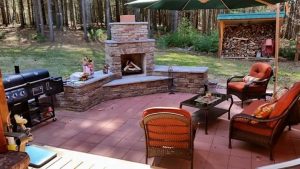
I was surfing the web the other day as I do quite often and I noticed differences between good and bad drafting structures. If you know what to look for, it’s very apparent, an it almost always has to do with the outdoor fireplace draft. Some of the best looking fireplaces seemed to be the dirtiest. I started paying attention to the fireboxes of some of these fireplaces.
Gas Fireplaces – The Good and Bad
A lot of fireplaces are designed and plumbed to burn natural gas or propane. Gas fireplaces are easily controlled and can be turned on and off quickly. This can also be problematic if the structure isn’t built correctly.
Even with a gas fireplace, burning either natural gas or propane, which are very popular, soot build up can still be a problem. This occurs if the fireplace does not vent well. Heat rise in a fireplace is most often referred to as the draft. The single most important aspect of any fireplace, inside or outside, is its functionality and whether the smoke rises effectively. This will be either through the chimney or out the front of the firebox and up the front of the structure.
Now some may think that because a gas fireplace doesn’t produce smoke that it shouldn’t matter. The truth is that gas fireplaces are sometimes dirtier than a wood burning fireplace when it comes to soot discoloration of the structure.
Pay attention to the inside of outdoor fireplaces that you see around your town. Stick your head inside and look up. Do you see a tiny chimney opening, or a large opening that will collect the smoke before allowing it to evacuate upward? Most of the time, there will be very apparent issues with regard to the path of least resistance. When a firebox height in is equal to the chimney opening, you will have problems with a bad draft.
Importance of a Good Fireplace Draft
The smoke or invisible soot from a gas burn will exit the structure through the front when draft is affected. This smoke and/or soot will travel right up the front of the structure and the front will turn black. A wet rag and some dish soap can easily remove the soot from a fireplace. It’s just a hassle to deal with.
If you’re interested in building a beautiful outdoor fireplace in your backyard or if you just want to explore the possibility and learn more about them, please visit us at www.backyardflare.com. Thanks for reading.
